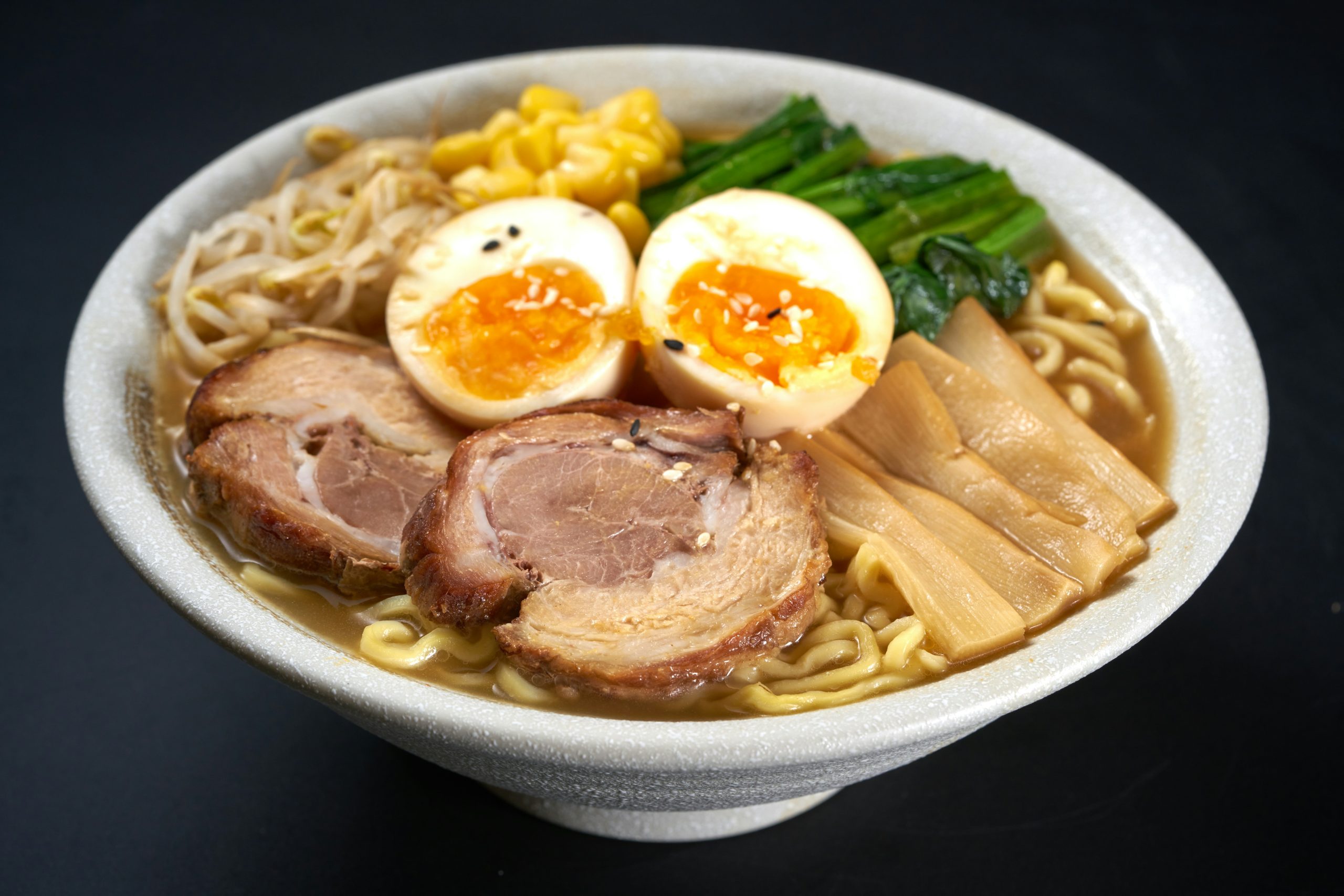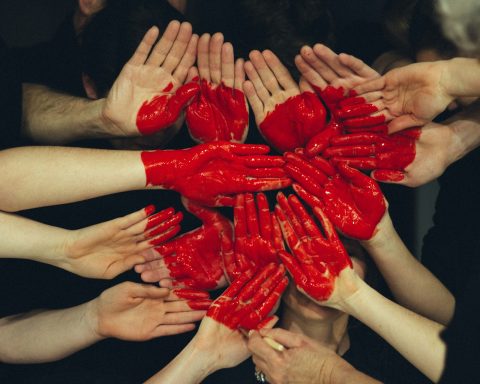 Ben Hoban is a GP in Exeter.
Ben Hoban is a GP in Exeter.
In 1924 a German academic named Eugen Herrigel travelled to Japan to study archery under Awa Kenzo, an instructor regarded by his peers as a maverick, and well removed from the mainstream of historic kyūdō. Herrigel was interested in mysticism; Kenzo’s ideas evidently appealed to him, and the result was Zen in the art of archery, a book which he published in 1948, and which became for many in the West an introduction to Zen Buddhism, leading to the adoption of Japanese archery as a spiritual discipline. The only snag was that what he wrote had little to do with Zen or traditional Japanese archery, although there are now Japanese people learning a pseudo-Japanese practice introduced by a European.1
My point isn’t about cultural appropriation, but rather that culture is fluid. Appeals to tradition represent a desire to preserve the evanescent, to build a clear narrative that tells us who we are and how we should go about things, even if its historical basis is shaky. We project our thinking onto a suitable object, which becomes for us symbolic of something with which it may have little original connection.2 Similarly, our preoccupation with authenticity is based on the idea that people and things have an essential nature, a true and stable self which their appearance and behaviour should reflect. While there is clearly truth in this, it is only one half of the picture: how we live also affects what we are, and both inevitably change over time.
The changes that brought us to that illusory moment are the same changes that have now carried us past it, and we cannot go back.
General practice is changing in ways that many of us find deeply concerning, and yet despite our desire to preserve a traditional, authentic model of care, it is perhaps difficult to say exactly what that means. If there ever was a golden age of general practice, I wonder if it represented simply a moment in medicine’s transition from an essentially narrative and supportive paradigm to a more biomedical and therapeutic one, when the two were briefly, tantalisingly in balance. The changes that brought us to that illusory moment are the same changes that have now carried us past it, and we cannot go back. Consider that the argument for continuity of care is consistently framed in terms of numerical outcomes like admissions avoided and years added to life, as if those were the things that mattered most. We are relational beings, and it should be self-evident that care must be relational too: the idea that all our health-related needs can be met solely from within a body of knowledge originating in dissecting rooms and laboratories is frankly bizarre, and yet here we are.
If change is inevitable, then wisdom lies not in resisting, but in guiding it in a sensible direction. At present, however, we are hampered by a lack of answers to several basic questions. What is the optimum practice size that allows staff to work well together and get to know their patients while still providing the necessary variety of services and benefitting from efficiencies of scale? How many clinical sessions should GPs expect to work in order to provide ongoing personal care without sacrificing their own health or a life outside the surgery? How much difference does partnership make? How can we balance the need for care that is responsive in the short term and joined-up in the longer term? If there aren’t enough doctors, how can we work together with other healthcare professionals in a way that is safe and effective? Are we primarily responsible to the government for optimising the health of the population, or to our patients, for helping them live healthy lives?
If change is inevitable, then wisdom lies not in resisting, but in guiding it in a sensible direction.
Around the same time as Herrigel was developing his ideas about Zen archery, a brand-new Japanese trend was emerging all by itself. Ramen, or noodles served in broth with various toppings, developed from Chinese cuisine, fuelled by American wheat imports after the war, as a cheap and filling meal for the masses; it has become an instant classic, capable of accommodating variety and innovation without a loss of identity.3 Perhaps that is the issue for us: there are many different ways of doing general practice, and we risk jeopardising our professional identity if we tie it too closely to organisational factors which patients or politicians view as peripheral. If we want a way of defining general practice that makes sense to both these groups, we may not need to invoke tradition or answer all the big questions first, but think instead in simpler terms, like ramen: something medical combined with something personal in a familiar setting. Delicious!
References
- Yamada Shōji, The Myth of Zen in the Art of Archery, The Japanese Journal of Religious Studies 2001 28/1-2
- The Invention of Tradition, edited by Eric Hobsbawm and Terence Ranger, Cambridge University Press, 1983
- National Dish: Around the world in search of food, history and the meaning of home, Anya von Bremzen, ONE, 2023







Brilliant, and wise as usual Ben.